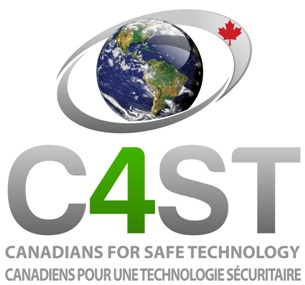San Francisco Writes to the FCC
- 0 Comments
Introduction and Summary
The City and County of San Francisco (“San Francisco” or City”) submits these replycomments to support the opening comments of the National Association of TelecommunicationsOfficers and Advisors (“NATOA”) and the Environmental Working Group (“EWG”). The Cityagrees that the Federal Communications Commission (“FCC” or “Commission”) must revise its1996 standards for human exposure to radiofrequency energy (“RF”) emissions from cell phonesso that they adequately protect children and reflect actual current use patterns, while providingmeaningful disclosures that would enable consumers to reduce their exposure to RF emissions.The FCC should not weaken its existing standards by altering testing guidelines, as this would bea step backward in view of the unanswered questions about the potential long-term effects of cellphone radiation exposure.
In addition, the City submits these comments to respond to the opening comments of CTIA-The Wireless Association (“CTIA”). Based on its experience in San Francisco, CTIA warns the Commission that potential First Amendment issues could arise should the FCC require CTIA’s members to provide mandatory disclosures concerning the specific absorption rate (“SAR”) of cell phones and other warning about the use of cell phones to the general public. The First Amendment, however, does not bar the government requiring factual uncontroversial disclosure of information that is reasonably related to a legitimate public purpose (such as protecting public health). While San Francisco recognizes that the currently available SAR information might not be meaningful to the general public, a comprehensive review of FCC standards and the development of useful consumer metrics would alleviate any potential First Amendment issues. The City also disagrees with CTIA’s claim that the First Amendment somehow bars the Commission from requiring CTIA’ s members to warn consumers of the potential health effects of cell phone usage. A thorough review by the Commission of the latest scientific research would likely enable the Commission to require cell phone manufacturers and carriers to warn consumers about a potential link between cell phone use and brain cancer, without infringing on their First Amendment rights.
In 2010, the City adopted its Cell Phone Right-To-Know ordinance because the City strongly believes that the public should be informed about the potential adverse health effects from the use of cell phones.’ CTIA’s comments about its challenge to the ordinance could create the impression that the First Amendment flatly prohibits warnings about the possible health effects of cell phones, but the Ninth Circuit did not reach this conclusion in its unpublished memorandum. To the contrary, the Court held that San Francisco’s particular warnings were infirm, in part because the Commission had concluded that cell phones are safe for use. This indicates that if the Commission itself were to conclude that the scientific evidence warrants a health-related disclosure, the First Amendment would not likely bar such a requirement.
The Commission has both the expertise and resources to develop appropriate and scientifically valid SAR information and to adopt requirements regarding the disclosure of the possible health effects of cell phone use. The Cirt joins with EWG, NATOA, and many others that filed comments in this proceeding by urging the Commission to do just that.
Download and read the full document below.
